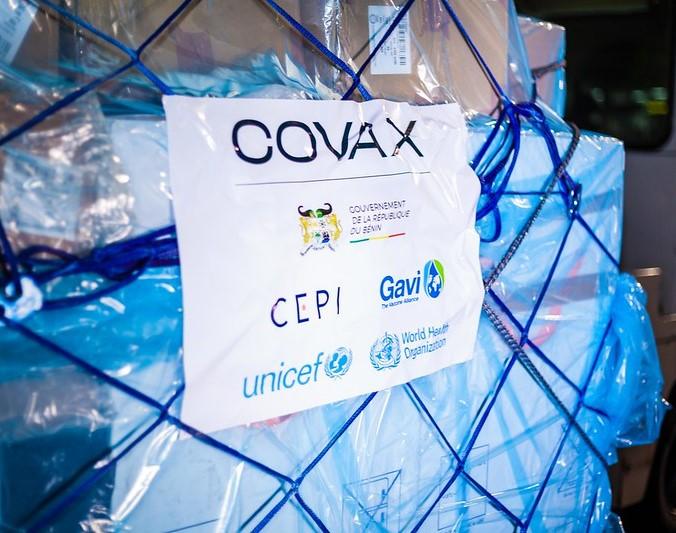A research letter yesterday in JAMA Pediatrics study shows that children younger than 13 years still have significant gaps in human papillomavirus (HPV) vaccination coverage, despite the US Centers for Disease Control and Prevention's Advisory Committee for Immunization Practices recommendation for routine HPV vaccination for girls aged 11 to 12 years since 2006, and for boys since 2011.
The researchers used data from the National Immunization Survey (NIS)-Teen from 2018 to 2021 to estimate the annual percent change in vaccination among 11- and 12-year-olds. Overall, vaccine uptake increased during the study period, but a sizable number of US children eligible for vaccination opt out of the routine series.
Progress, but gaps remain
From 2018 to 2021, the researchers note increases in the percentages of girls who initiated HPV vaccination before age 13 years (from 50.5% to 62.7%; prevalence difference [PD], 12.3), and those who completed the series before age 13 years (from 34.2% to 38.6% PD, 4.5). The percentage of boys who initiated HPV vaccination before age 13 also increased in that time span (from 42.6% to 59.0%; PD, 6.5), as did the percentage who completed the series before age 13 (from 27.6% to 35.7%; PD, 8.2).
In 2021, less than half of adolescents aged 13 to 17 years had completed the series before age 13 years.
"In 2021, less than half of adolescents aged 13 to 17 years had completed the series before age 13 years," the authors said. "Increases in HPV vaccine initiation before age 13 years are encouraging, but more progress is needed."
The authors recommended following the American Academy of Pediatrics recommendation to begin routine HPV vaccination at age 9 as a way to increase uptake, as studies have shown earlier initiation of the vaccine series is associated with higher rates of completion.













